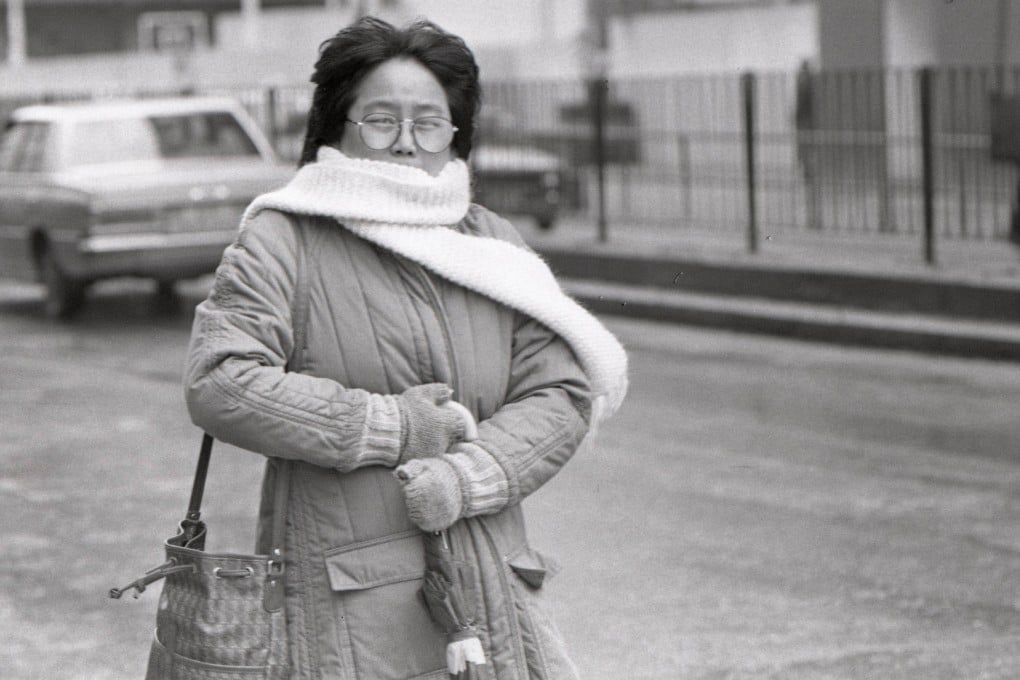Then & Now | The big chill in Hong Kong: how 2016 compares to 1893, 1948
The year 2016 will be remembered in Hong Kong for its icy start, but was anyone's overcoat frozen stiff, as happened in 1893, or were inshore fish dying en masse because the sea was so cold, as they did in the 1940s, asks Jason Wordie

February is always the coldest month of the year in Hong Kong, although significant low temperatures throughout March have also been experienced this year. When the mercury plummets, Hongkongers seize the opportunity to wear scarves, woollens and snow jackets; the sight of so many heavily rugged-up people somehow makes the city streets seem colder than they actually are.
Recent prolonged periods of particularly cold weather have prompted further discussions about the local effects of global climate change. While few clear-sighted observers of the natural world seriously question that the planet’s weather patterns are increasingly strange, it is useful to remember that extreme cold snaps – and scorching heat waves – have occurred in Hong Kong’s recorded past.
One of Hong Kong’s earliest documented severe cold snaps occurred in the early spring of 1893. Details were recorded by an eyewitness, L. Gibbs, and published in the quarterly Hong Kong Naturalist, in 1931. In his account, Gibbs, who was living on Mount Kellett in1893, vividly described the effects of several days of extreme cold on Hong Kong Island’s upper altitudes.

“It was raining on the Peak on one of the worst mornings,” he related. “The rain froze as it fell and I remember that by the time I reached Magazine Gap, a heavy ulster [overcoat] I wore was frozen stiff in front of me.
“In the evening of one of the early days of the frost, our house-boy brought in with pride an icicle between six inches and a foot long. The hills were white with hoar-frost. To the Chinese in the city this was a novelty,” Gibbs noted. “They went up to the hills and gathered pine branches to take home as curios, probably with disappointing results.”
Anyone familiar with Tai Mo Shan, Hong Kong’s highest mountain, will know that the single track road up rapidly becomes traffic-choked and impassable as soon as urbanites hear that “snow” – in reality heavy frost – can be seen up there. Gibbs’ account makes clear that in Hong Kong, where an occasional climatic novelty is concerned, nothing much ever changes.
